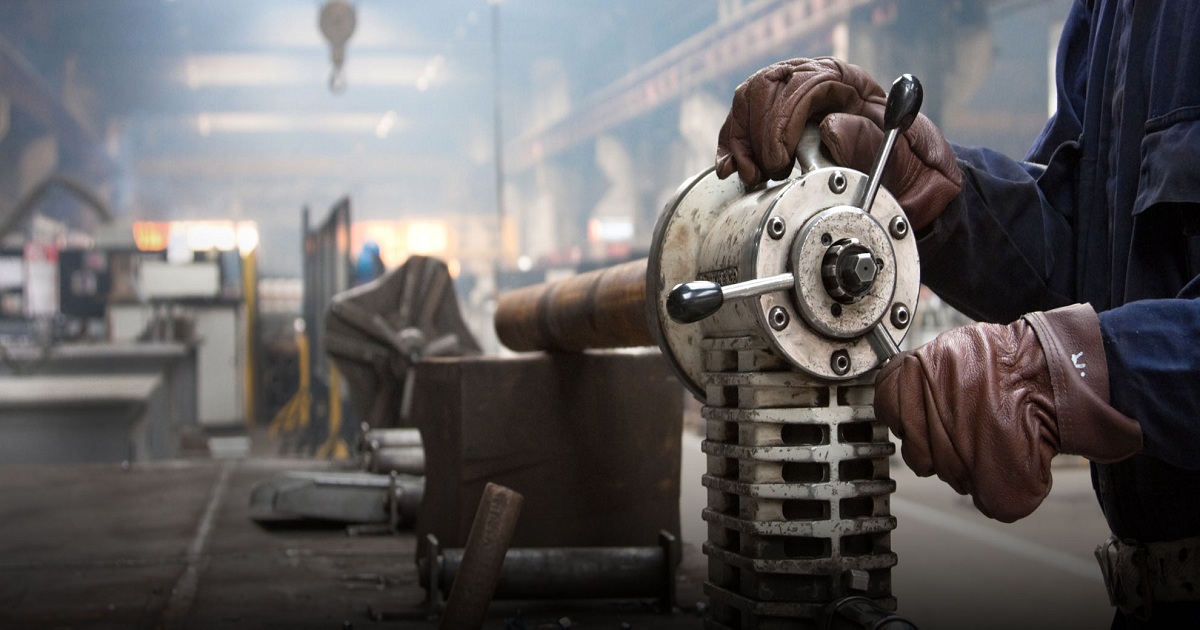New finding on metal bonding makes a splash
materialstoday | December 14, 2017

When bonding two pieces of metal, either the metals must melt a bit where they meet or some molten metal must be introduced between the pieces. A solid bond then forms when the metal solidifies again. But researchers at Massachusetts Institute of Technology (MIT) have found that, in some situations, melting can actually inhibit metal bonding rather than promote it. It turns out the best bonding happens when the impacting particles and impacted surfaces remain in a solid state but ‘splash’ outward in a way that looks like liquid. It was "an eye-opening observation, according to Schuh. This phenomenon "is found in a variety of these metal-processing methods," he says. Now, it is clear that to stick metal to metal, we need to make a splash without liquid. Solid splash sticks and a liquid one doesn't." With the new ability to observe the process, Hassani-Gangaraj says, "by precise measurements, we could find the conditions needed to induce that bond. The findings could be relevant for processes used to coat engine components in order to reuse worn parts rather than relegating them to the scrap metal bin. "With an old engine from a large earth-moving machine, it costs a fortune to throw it away, and it costs a fortune to melt and recast it, Schuh says. "Instead, you can clean it off and use a spray process to renew the surface. But that requires that the sprayed coating remains securely bonded.